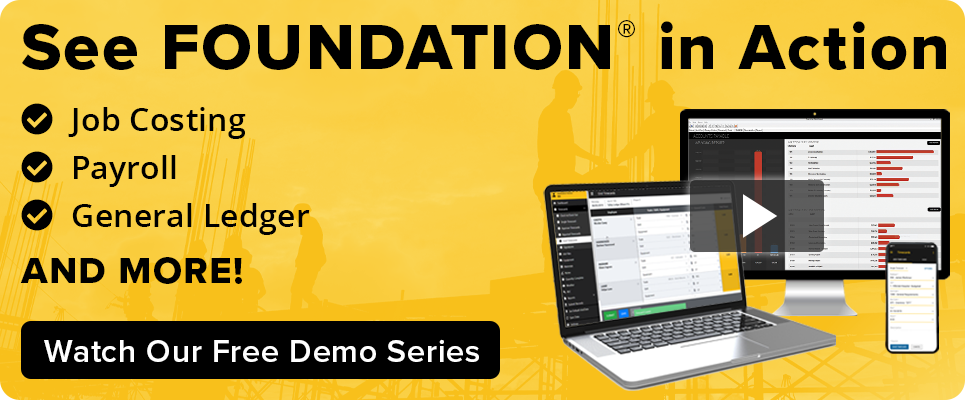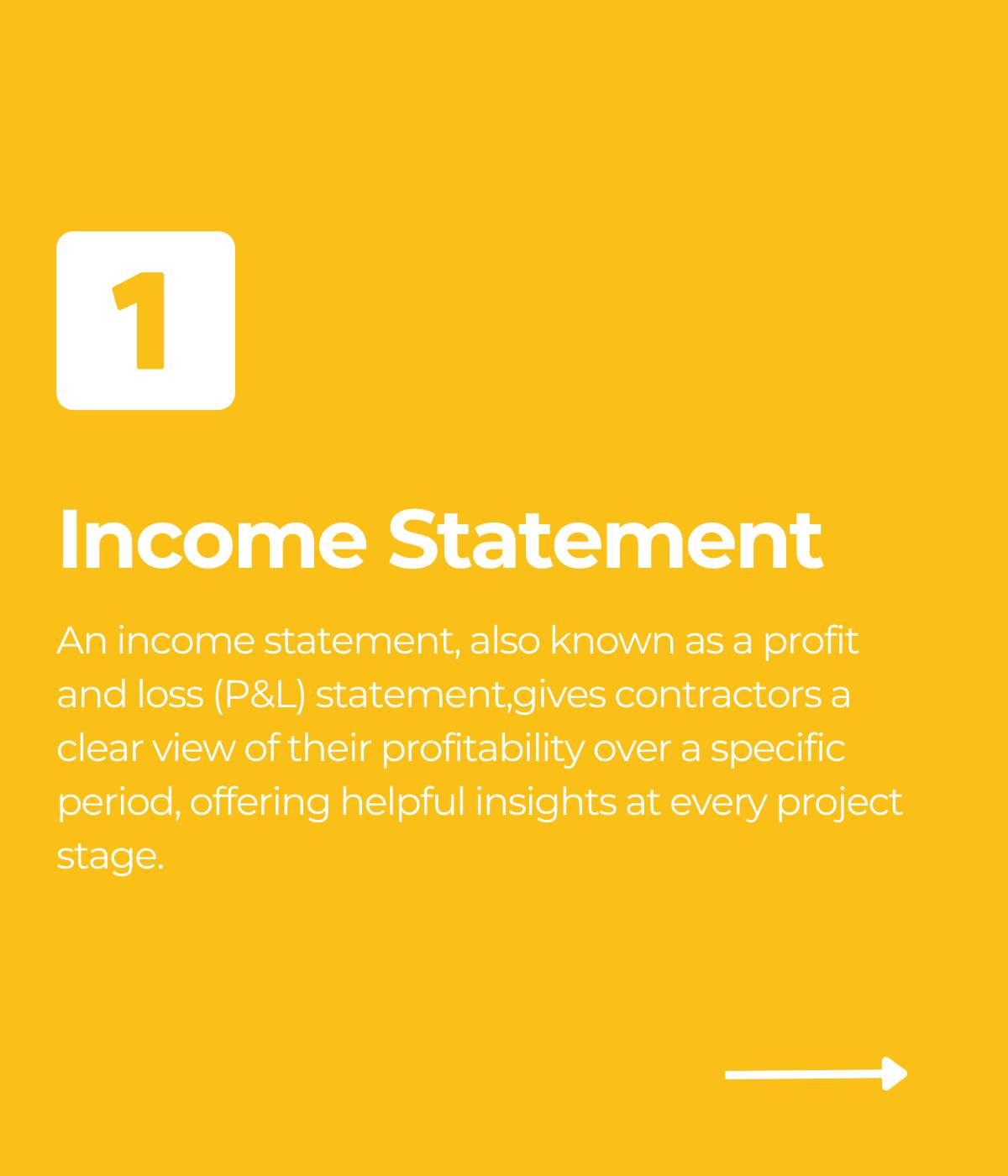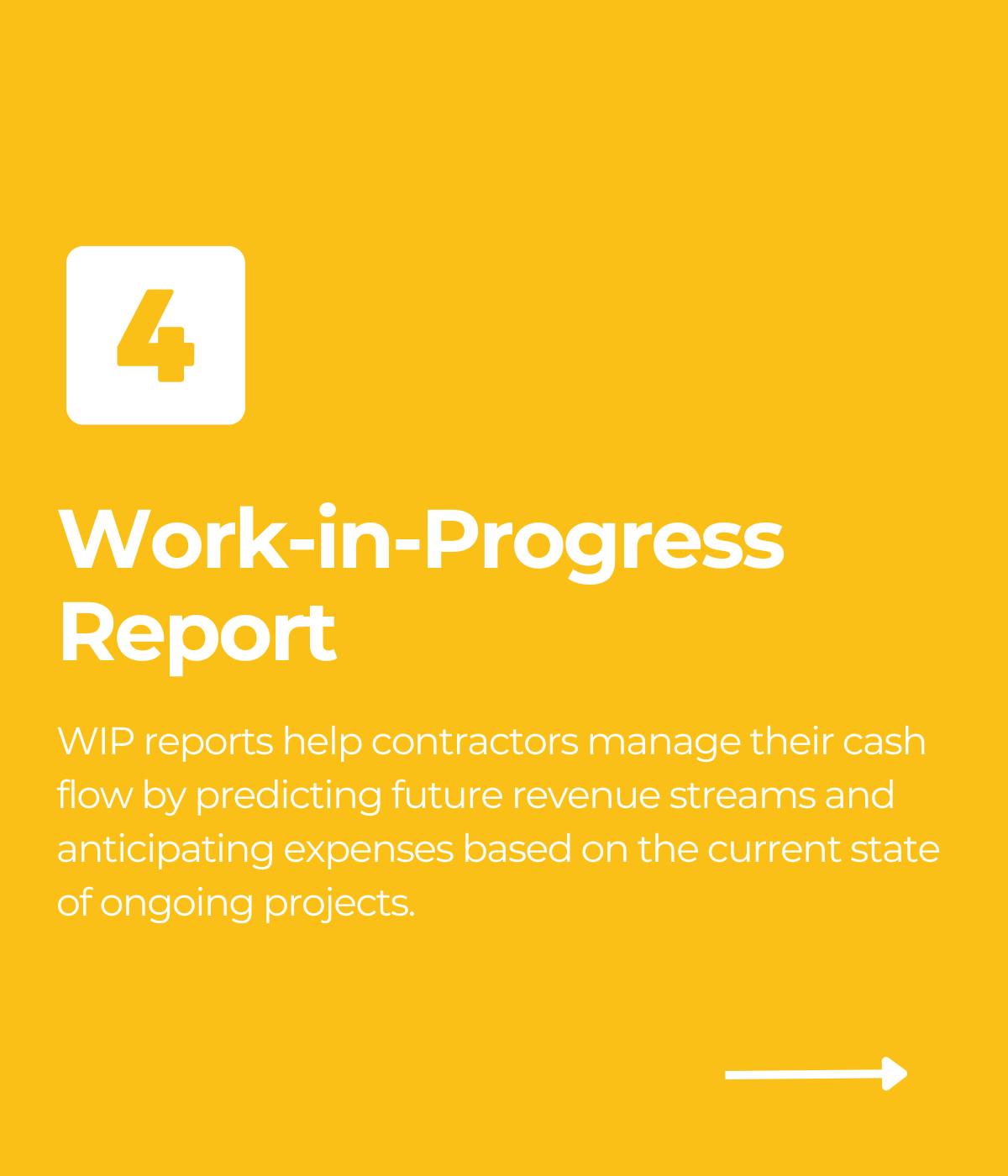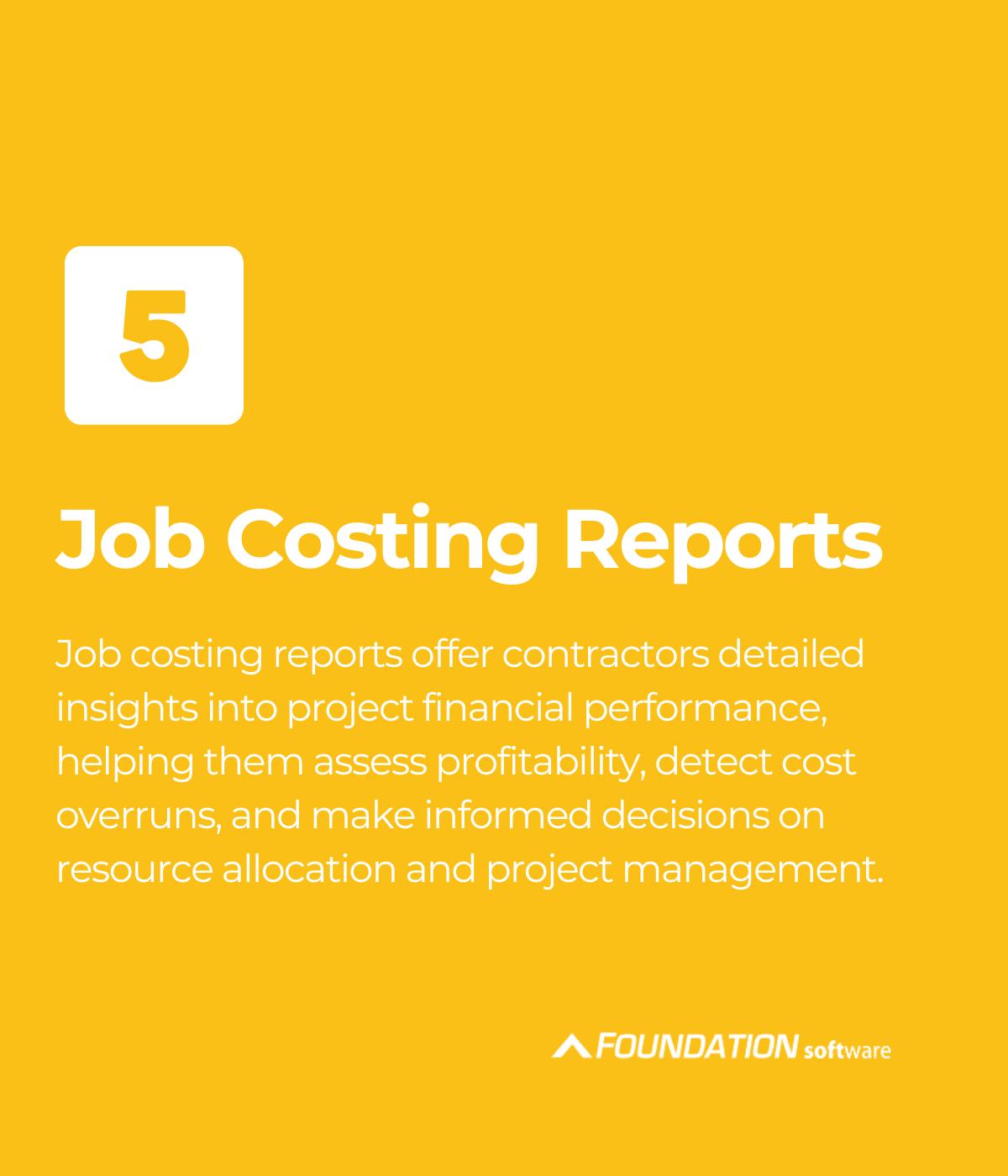
Communities across the country are focusing on increased infrastructure investment in the hopes of two outcomes:
- To improve their infrastructure
- To ensure there is continued economic growth within the community
According to the American Society of Civil Engineers’ 2021 Infrastructure Report Card, the U.S. faces an infrastructure funding gap of $2.59 trillion over the next decade, highlighting the urgency of increased investment.
To make sure these outcomes are achieved, communities will seek to track the economic impact these projects have on their businesses and workforce and require contractors on the project to provide the data to tell that story. The impact on business can often be more easily seen in growth and expansion and can be readily tracked. However, workforce data represented by workers’ wages is often less visible. Wage information (prevailing wage) becomes the data that can be captured and presented back to the community to show the positive impacts.

This sounds fairly straightforward, but the accuracy of the data currently being collected is proving to be a weak spot for the construction industry, which means that these projects are unable to demonstrate the positive economic impact to the community or the data that is shared is inaccurate. At the end of 2021, AutoDesk released a report that showed that bad data cost the construction industry $1.8T in 2020, and 30% of those surveyed said that more than half of their data was bad and thus unable to offer usable insights. As a result, many firms are looking to refine their process and ensure that the data being collected is accurate. This is a pivotal time for the construction industry.
How do you know if businesses on your project are achieving wage objectives?
How do you know if businesses on the project are compliant?
To answer these questions, we first need to understand the concept of prevailing wage and the parameters around tracking it on a construction project.
Prevailing Wage & The Davis-Bacon Act
Prevailing wage refers to the minimum hourly wage and benefits that are required to be paid by contractors to all subcontractors working on public works projects. The wage rates are determined by federal, state and sometimes local government. On a federal level, prevailing wage is governed through the Davis-Bacon Act and Related Acts (Davis-Bacon Act).
Public works projects are defined by construction done under contract and paid in whole or in part out of public funds. These are the projects subject to prevailing wage.
The Davis-Bacon Act applies to contractors and subcontractors performing on federally funded or assisted contracts in excess of $2,000 for the construction, alteration or repair (including painting and decorating) of public buildings or public works. In addition, contractors and subcontractors must pay their laborers and mechanics employed under the contract no less than the locally prevailing wages and fringe benefits for corresponding work on similar projects in the area. [1]
How to Track Prevailing Wage and Obtain Accurate Data
The first step in addressing prevailing wage requirements is to obtain accurate data, including the appropriate wage rates and payroll data. Obtaining accurate data starts at the source — your subcontractors. Many projects now require that all subcontractors, no matter their tier, report this wage data. Just as design requirements change from project to project, data collection and reporting can change as well. However, the source data — payroll — doesn’t change. Accurate information will come from the ability for subcontractors to quickly, accurately and efficiently get payroll data out of their accounting software and into the reporting software.
Many projects will use the U.S. Department of Labor’s WH-347 as an official record of payroll in an effort to create consistency, but ironically this often creates another challenge with accurate data collection. Often the project team creates alterations to this form to capture additional information, like demographic data. Since the WH-347 form is completed by the subcontractors, it’s usually populated with data that was captured manually using spreadsheets, which can be notoriously inaccurate.
So how can the general contractor or property owner demonstrate the positive impact of a project when data that’s required to be tracked and reported is captured inconsistently and inaccurately by the various entities required to provide it?
This question becomes even more challenging with the added administrative burden placed on smaller subcontractors that don’t have sufficient administrative support, which can often result in them not capturing or providing the requisite data. Finally, as additional resources to fund projects are more readily available to positively impact communities, many states want to ensure that local residents are benefitting and adopting legislation that allows for the worker to sue their company and general contractor if the prevailing wages are not met. These and other issues create a difficult situation for organizations that just want to build what they’ve been contracted to complete.
While these challenges may seem problematic, there are technologies that can be used to make these problems easily and accurately much more manageable. As a subcontractor, you’ll need to find technology that allows you to easily capture your data and utilize it effectively. You’ll also need to be able to export your payroll data in forms and formats that can be easily uploaded into reporting and tracking software used on the project. The ease of data capture and transfer will allow that information to be used to demonstrate how the investment of billions of dollars is having a positive impact in communities and particularly on the workers who need it most.

Conclusion
By tracking the correct data from the start of a construction project, communities and their construction team partners are able to avoid penalties and avoid fines, but more importantly, to make the project a complete success for the community in which it’s being undertaken.
There are those that will tell you this is a complicated and difficult thing to achieve. The reality is, this can be fairly simple and straightforward if you take into consideration the steps and processes outlined above.
[1] https://www.dol.gov/agencies/whd/government-contracts/construction
About SkillSmart
SkillSmart is a construction compliance, reporting and tracking technology company with a strong record of transforming communities by creating tools and services to build strong markets and clear paths to economic success.
To learn more about how FOUNDATION and SkillSmart integrate with their import template or how Insight simplifies compliance and workforce tracking, visit https://www.skillsmart.us/skillsmart-insight.
Share Article
Keep on current news in the construction industry. Subscribe to free eNews!
Our Top 3 YouTube Videos
Learn about our software more in depth with product overviews, demos, and much more!

Our ACA reporting & e-filing services include official 1094-C and 1095-C IRS reporting, optional e-filing (no applying for a TCC code required), mailing to your employees and experienced support to help you.

There are plenty of reasons to make FOUNDATION your choice for job cost accounting and construction management software — just ask our clients!

From job cost accounting software, to construction-specific payroll. Get an overview on your next all-in-one back-office solution.








